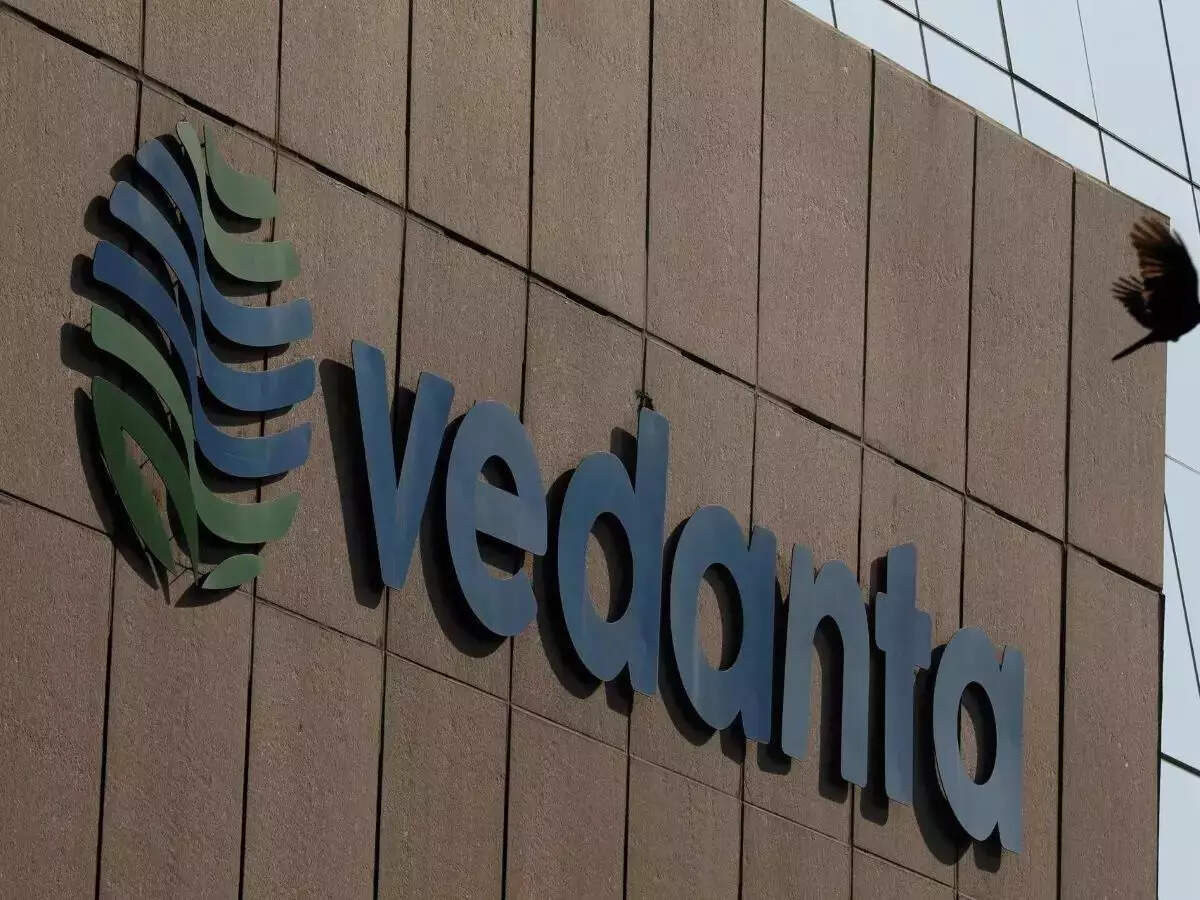India is now a leading nation in income equality. World Bank data shows India’s Gini Index is better than many major economies. Poverty rates have significantly decreased between 2011 and 2023. Government initiatives like PM Jan Dhan Yojana and Aadhaar have boosted financial inclusion. Healthcare access improved through Ayushman Bharat.
India’s Inequality Paradox: A Surprising Climb in Global Rankings
India, a land of vibrant contrasts, often presents a complex picture when viewed through the lens of economic indicators. Recent data from the World Bank paints a fascinating, and perhaps unexpected, portrait of the nation’s income distribution. It reveals that India now ranks fourth globally in income equality, surpassing economic powerhouses like the United States and China. How can this be, given the pervasive narratives of wealth disparity that often dominate discussions about India?
This improved ranking doesn’t mean India is an egalitarian utopia. Instead, it reflects significant progress in lifting millions out of extreme poverty, coupled with a nuanced understanding of how wealth is distributed across the population.
A Giant Leap Out of Poverty
The headline figure that truly leaps out is the astonishing number of Indians escaping extreme poverty: a staggering 171 million between 2011 and 2019. This monumental achievement signifies real, tangible improvements in the lives of a vast segment of the population. It’s about more than just statistics; it’s about families having access to basic necessities, children attending school, and individuals gaining the opportunity to pursue a better future.
What fueled this dramatic shift? Several factors likely contributed. Government initiatives focused on social welfare, rural development, and financial inclusion played a crucial role. Increased access to education, healthcare, and employment opportunities, particularly in rural areas, empowered individuals to climb out of poverty. Furthermore, the expansion of infrastructure, such as roads and electricity, facilitated economic growth and connectivity, creating pathways for upward mobility.

Understanding Income Inequality: It’s More Than Just Rich vs. Poor
It’s tempting to view income inequality solely through the lens of the ultra-rich versus the very poor. However, the reality is far more intricate. The Gini coefficient, a widely used measure of income distribution, provides a more comprehensive understanding. A lower Gini coefficient indicates greater equality. While India’s ranking has improved, it’s crucial to remember that substantial disparities still exist.
The World Bank report highlights a crucial distinction: While extreme poverty has declined significantly, income inequality within the remaining population may still be considerable. This means that while millions have risen above the poverty line, the gap between the middle class and the wealthy could still be substantial.
India’s Ranking: A Global Perspective
Comparing India’s progress to other nations offers valuable insights. The fact that India now surpasses the United States and China in income equality, according to this particular metric, is noteworthy. The US, with its highly developed economy, often grapples with significant wealth concentration. China, too, has witnessed a widening income gap alongside its rapid economic growth.
The Road Ahead: Maintaining Momentum and Addressing Remaining Challenges
While the news is encouraging, the journey towards a more equitable society is far from over. To sustain this positive momentum, India needs to focus on several key areas. Investing in education and skill development remains paramount. Equipping the workforce with the skills needed to thrive in a rapidly evolving economy is crucial for ensuring continued upward mobility.
Additionally, strengthening social safety nets and expanding access to healthcare and affordable housing are essential for protecting vulnerable populations. Addressing regional disparities and promoting inclusive growth across all states is also crucial for fostering a more balanced and equitable society. Tackling corruption and improving governance will further enhance the effectiveness of poverty reduction programs and ensure that resources reach those who need them most. Learn more about [related economic trends in India here](internal-link).
Ultimately, India’s improved ranking in income equality reflects a significant achievement in poverty reduction. It’s a testament to the power of targeted interventions and sustained efforts to uplift millions of lives. However, it is also a reminder that the pursuit of a truly equitable society is an ongoing process, requiring continuous vigilance and a commitment to addressing the underlying causes of inequality.







